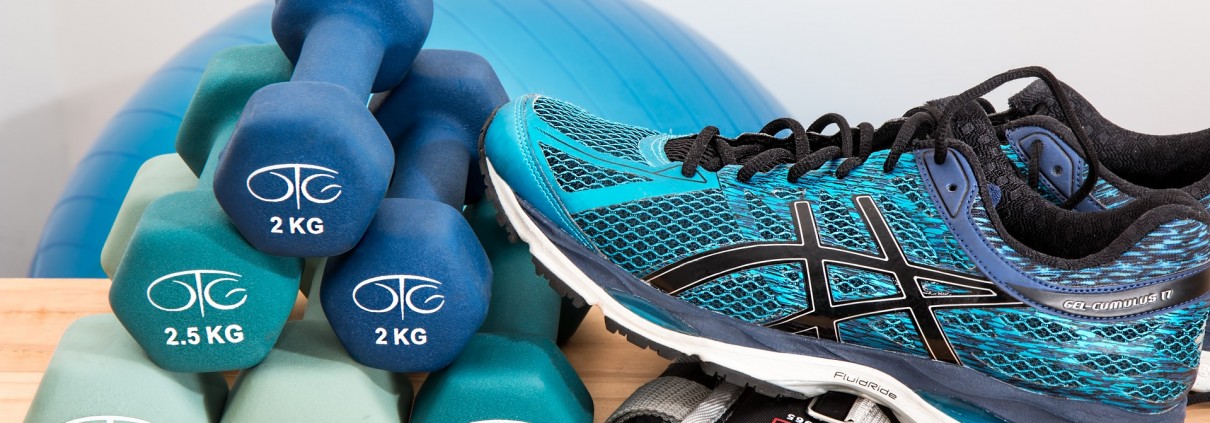Best Exercises For Seniors
What Kind of Exercise Should Seniors Be Doing?
Exercise is a safe activity for most individuals. However, it is desirable for adults to have a screening prior to starting an exercise program or taking an exercise test. Age, health status, type of test and exercise plans are factors that determine the depth of an evaluation required or needed for medical involvement. Seniors in particular should consult with a physician before beginning an exercise program to ensure that it is the best fit for you, and many aspects will be considered including:
Current Fitness Level
- Sedentary – inactive habits such as sitting most of the day
- Exercising 2-3 days a week
- Exercising 4-5 days a week
- Type of exercise currently engaged in – aerobic exercise or anaerobic exercise
- Type of exercise program being explored
Environment and Accessibility to It
- Where can you exercise?
- What equipment or attire will you need?
Health Status
- Do you have any current disabilities?
- High Blood pressure
- Elevated Cholesterol
- Cigarette smoking
- Arthritis
- Diabetes
- Family history of coronary or cardiovascular disease prior to age 50
- Are there any medications that might contraindicate the type of exercise plan you are exploring?
Support Structure
- Is there someone that can support you in your efforts?
- Will you need oversight for someone you are caring for in order to be able to implement a new focus on your health or exercise routine?
Orchard at Brookhaven will provide a complimentary coaching session to anyone in the Atlanta area to discuss health and wellbeing needs to do with chronic disease. Our luxury Senior Living is more than a residence building, but it is a community resource you can utilize for council and feedback, so please reach out to us!
Types of Exercise For Seniors
Aerobic Exercise
This is a system of physical conditioning intended to improve the body’s ability to take in and use oxygen. Aerobic exercises, such as running, jogging, swimming, and dancing, stimulate heart and lung activity. To produce a benefit, aerobic training must raise the heart rate (pulse) to the exerciser’s training level for at least 20 minutes and include at least three sessions a week.
Anaerobic Exercise
Anaerobic sports and exercise, such as gymnastics, weight lifting, and sprinting, are of high intensity but short duration, so they don’t involve much oxygen intake.
Most Beneficial Exercise For Seniors
Aerobic activity is the most beneficial type of exercise program. Here are some reasons why:
- Aerobic exercise is sometimes known as “cardio” — exercise that requires pumping of oxygenated blood by the heart to deliver oxygen to working muscles.
- Aerobic exercise stimulates the heart rate and breathing rate to increase in a way that can be sustained for the exercise session. Examples of aerobic exercises include cardio machines, spinning, running, swimming, walking, hiking, aerobics classes, dancing, cross country skiing, and kickboxing. There are many other types.
- Aerobic exercise not only improves fitness; it also has known benefits for both physical and emotional health.
- Aerobic exercise can help prevent or reduce the chance of developing some cancers, diabetes, depression, cardiovascular disease, and osteoporosis.
- An aerobic exercise plan should be simple, practical, and realistic.
Benefits of Aerobic Exercise For Seniors
Regular aerobic exercise can:
- Strengthen the heart and enables it to pump more blood with each beat. Conditioned hearts also have greater diameter and mass and they pump efficiently enough to allow for greater filling time, which is a good thing because it means that more blood fills the chambers of the heart before they pump so that more blood gets pumped with each beat.
- A strengthened heart doesn’t have to pump as fast to meet the demands of exercise. Fewer beats and more stroke volume mean greater efficiency.
- Because of the increased blood flow from a healthy heart, muscles will get more oxygen which they need.
- The cells inside the muscles that burn oxygen increase in number and activity which burns fat and carbohydrates that keep you moving.. They increase in number and activity, by as much as 50%, in just a matter of days to weeks in response to regular aerobic exercise in adults of all ages.
Aerobic exercise is usually done between 60-90% of your maximum heart rate. Maximum heart rate for age is an elusive number. The usual equation is 220 – age = maximum heart rate (MHR).
Other Things to Consider
- Make it fun
- Make a routine – but stress your body in different ways, so create some opportunities for change.
- Wear good shoes
- Hydration – stay hydrated!
- Headsets – Make sure you are in a safe environment if using headsets or only use one earbud.
You should feel rested and not tired within an hour after exercise.
If you develop chest pain, pounding heart beats, increased heart rate, or dizziness during your workouts, you should stop and seek medical advice because something has changed. It is never a bad idea to discuss your exercise, health, and risk factors with your physician; and at age 52, you should be meeting with your physician every year or two to look at health and prevention issues.



